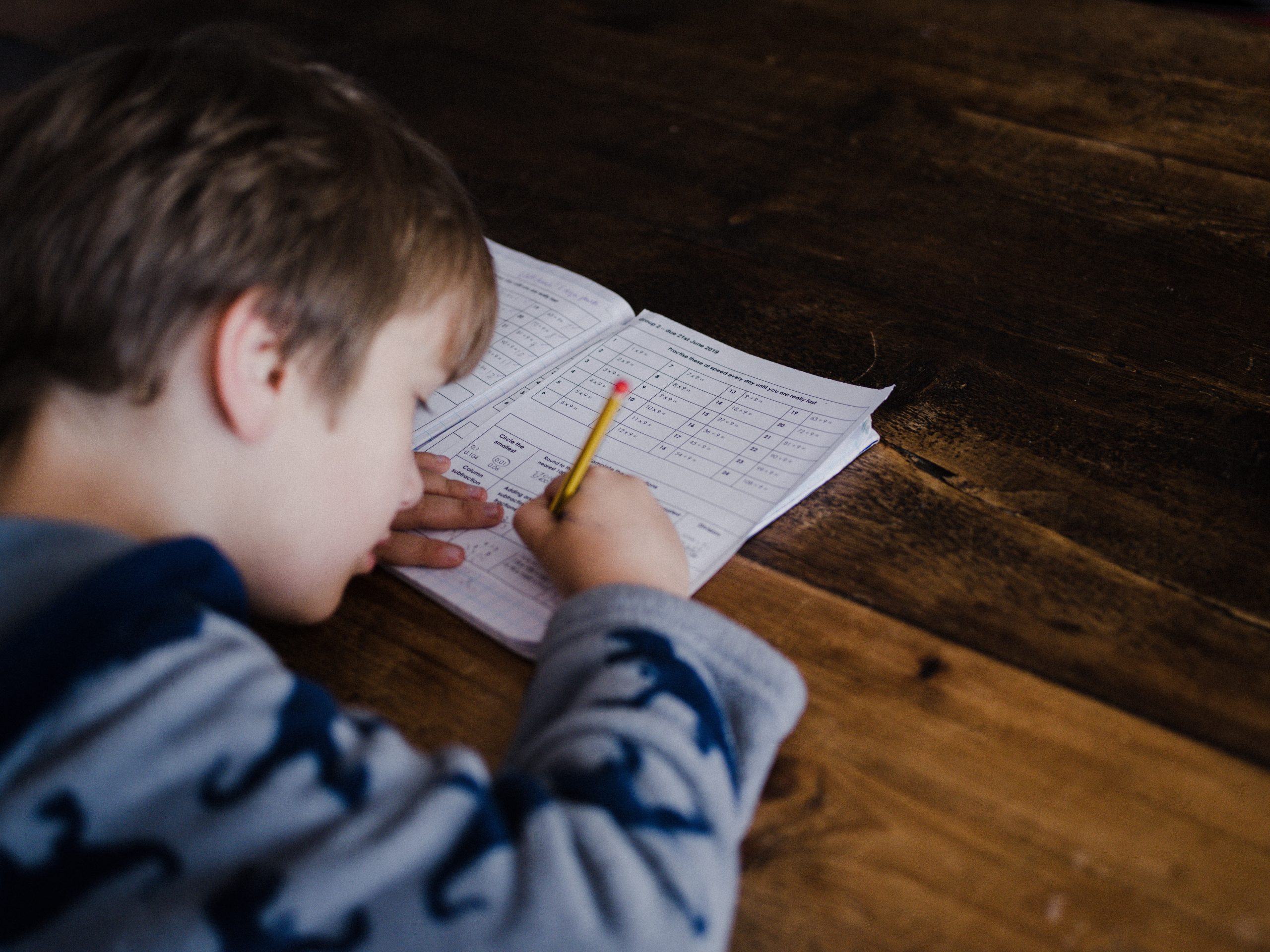In the current climate of viruses, unemployment numbers, and social distancing, many of our normal daily routines are dearly missed. One of those routines is our children walking into school each morning to meet their friends and teachers, ready to take on the challenges of the day. Math can be tricky, but these tips and resources to teaching math at home will help you conquer the upcoming school year.
Just a few months ago, we could not have fathomed being here today, faced with a new daily routine many of us might be a little overwhelmed with — homeschooling. As a mom who once homeschooled five of her seven children for many years, I greatly empathize with the tremendous struggle many parents are now faced with.
I quickly learned during my homeschooling years that every child learns differently, every child’s needs are different, and every academic subject presents its own challenges. But one challenge always remained the same in all of our homeschooling years — teaching math at home was hard work.
Each year, the Joint Policy Board for Mathematics recognizes April as Mathematics and Statistical Awareness Month. These two subjects address and provide innovative solutions to our world in many different ways, “revealing new results and applications every day in fields such as medicine, manufacturing, energy, biotechnology, and business” (mathstatmonth.org). For older students, especially in the midst of our current pandemic, mathematics and statistics provide ways to understand the toll of Covid-19 pandemic (New York Times).
For younger students who might still be in the midst of understanding addition, subtraction, and fractions, math can be a frustrating challenge. And teaching math at home can be even more frustrating. Fortunately, there are many different methods and resources that can help students of all ages.
For some younger children, discovering math in everyday life can be the difference between embracing it and finding it irrelevant and confusing. Counting can easily be taught in a natural setting like your backyard, using rocks, flowers, or tree nuts. NurtureStore offers a wide variety of play-based hands-on activities for math learning for younger children. From symmetry and patterns to measuring and times tables, there are many options for a wide variety of math skills that can be taught using household items and outdoor settings.
RELATED READING :: What Are Learning Gaps? | How Tutor Doctor Can Help
Stories based on math are another great way to incorporate math literacy with less stress. The Austin Public Library virtual library offers many different math story books that can be borrowed online in digital format. The Manga Math Mystery series is a collection of mystery books on topics such as multiplication, division, calculating area and perimeter, and probability. Author Cindy Neuschwander’s Sir Cumference series of math books follows Sir Cumference’s adventures in various mathematical calculations. Another great option for math learning with stories is Bedtime Math, a collection of daily bedtime stories parents can read to their children. At the conclusion of each story, questions are available for “wee ones,” “little kids,” and “big kids,” making it easier for parents to read one story but ask different questions based upon the children’s ages.
Measuring recipe ingredients and doubling recipes for a larger family can be a fun and creative way for younger children to incorporate math learning into everyday life. Pascal Simon of Bake Austin has organized a virtual kitchen for teaching baking lessons to kids each weekday. Classes are live and recorded for children to participate. Recent recipes include Quiche a la Céline and chocolate cupcakes with buttercream from scratch.
For online learning options, Khan Academy offers math lessons and practice from preschool to precalculus. Lessons are self-paced and personalized to each student. BrainPop currently offers a free subscription for families impacted by school closures. For grades K to 12, math units are available with videos, quizzes, printable worksheets, and games.
No matter which method a parent chooses to help their child with math literacy, the most important factor is enjoying the time spent problem solving and overcoming mathematical challenges. Math anxiety can deter the learning process, creating many long-term limiting beliefs about math (source). Using natural elements from the backyard, songs, stories, and a variety of online options geared towards creating math success can go a long way in your child’s lifelong mathematical journey.










